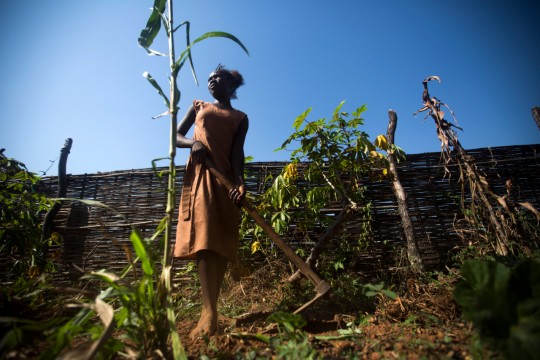
Integration and the 2030 Agenda – what does it really mean?
Perhaps no other word has been repeated more frequently than “integrated” to describe the 2030 Agenda and its Sustainable Development Goals. Yet policymaking is approached sector-by-sector. The allocation of resources and the political accountability at the national level lie with sectoral ministries.
So what does “integration” mean for national policymaking in the context of the 2030 Agenda? Does an integrated perspective really lead to any changes in policy decisions?
Let us consider an example.
In the island of Mauritius, sugarcane plantations cover 80 percent to 90 percent of cultivated land. The sugar business has been an important contributor to the economy and a key source of export and foreign exchange earnings.
Mauritian sugar exporters have, however, recently lost the preferential access to the EU market. The question has therefore been raised whether it would be in the national interest to promote a local biofuel industry to make use of the sugarcane. Reduced imports costs of petroleum and coal would liberate resources for social and other investments, improve energy independence and reduce greenhouse gases emissions.
This seems like a win-win-win policy option – economic, social and environmental, the three interlinked dimensions of sustainable development. This conclusion and analysis was borne out by using traditional economic and energy models.
Yet Mauritius faces decreasing water availability and vulnerability to climate change. A more comprehensive analysis taking into consideration other factors – primarily the potential impacts of climate change – leads to a starkly different conclusion.
When the impact of significantly dryer weather in the island, which might be triggered by climate change, is added to the analysis, the increase in competition for water between hydropower and biofuel results in decreased hydropower electricity production and a 3.5-fold increase in fossil fuel imports, along with increased emissions of 10,000 tonnes of CO2. The economic benefits are decreased by 60 percent compared to the analysis that does not take climate change into consideration.
This is the meaning of pursuing integrated approaches to sustainable development, which the 2030 Agenda, with its twin emphasis on advancing people and planet, not only calls for but demands if we are to meet the SDGs.
The question, then, is how to do it? What tools do policy makers have at their disposal?
UNDP is working along with the United Nations Department for Economic and Social Affairs (DESA) and other partners to increase awareness of the importance of using integrated analytical frameworks that account for interactions across different sectors. This is being done by offering hands-on practical training to UNDP and DESA experts, as well as policymakers on modelling tools that allow policymakers to assess this type of interaction. A first hands-on training, bringing together UN experts, academics and policymakers from 17 countries, was held this August in Addis Ababa and will be replicated in the next few weeks in Bangkok, New York and Istanbul. Applications of some of these tools in different countries are growing.
These tools help policymakers in many ways. They can simulate and evaluate the benefits of alternative policies and investment decisions. They help clarify risks and benefits. They quantify economic, social and environmental payoffs from investments in human development, and they are useful to specify the costs and investment requirements of different development scenarios.
The use of these modelling tools will not yield all the answers needed to implement the SDGs. It may not even provide the exact answers to the policy questions being posed. But it does enable the fundamental shift in thinking and policy deliberations that the 2030 Agenda calls for. A shift that calls for much more inter-ministerial joint analysis of challenges, decision-making and coordination in implementation.
With the use of these modelling tools, “integration” in the pursuit of the SDGs starts to mean something new, different and consequential.
Originally posted on the United Nations Development Programme Blog

Follow Us